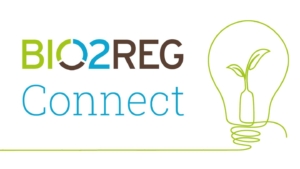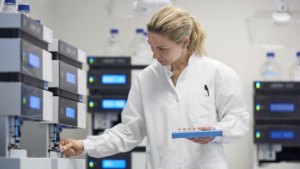
Researchers create druggable “love hormone”
A European-Australian team of researchers has created a synthetic version of oxytocin that does not show the off-target effects mediated by its chemical analogon vasopressin.
In Science Signaling, the team of German, Austrian, Italian, UK and Australian researchers report that their modified [Se-Se]-OT-OH version of the love hormone activated contractions in strips of human uterine tissue and eliminated social fear in mouse models without activating vasopressin receptors in human heart cells as the originator, which cause cardiovascular complications. They say the new compound is a promising lead for therapeutic development and that their medicinal chemistry approach might be applicable for creating other highly selective agents like it.
The nine-amino-acid peptide, which exponentially increases during sexual intercourse, is a hormone involved in lactation, uterine contractions during birth, and promoting multiple behaviours such as empathy, all types of bonding, stress relief, social cognition, and even morality. Ongoing efforts are underway to develop oxytocin as a therapy for social or emotional disorders, but one major hurdle to these approaches is side effects arising from the molecule’s similarity to vasopressin, which regulates fluid balance in the blood.
The modified [Se-Se]-OT-OH was even more stable than oxytocin in human serum samples, with a roughly twice as long half-life. According to the authors, specific compounds like [Se-Se]-OT-OH not only could be promising therapies, but they might also help parse out why oxytocin and vasopressin can have such dramatically different activities at the whole-organism level, despite activating overlapping receptors on individual cells.


 BIOCOM / aminul788 - Adobe Stock
BIOCOM / aminul788 - Adobe Stock Bayer Co.Lab
Bayer Co.Lab